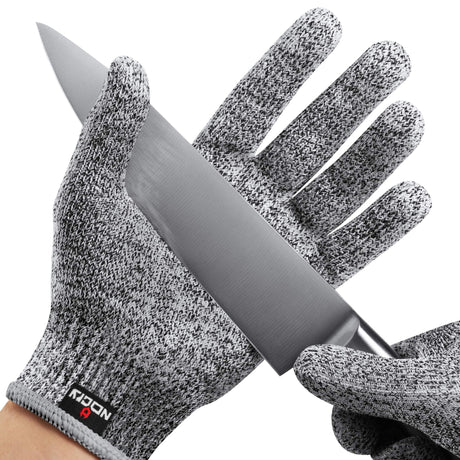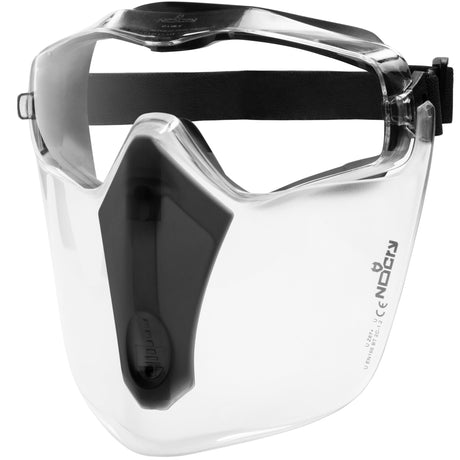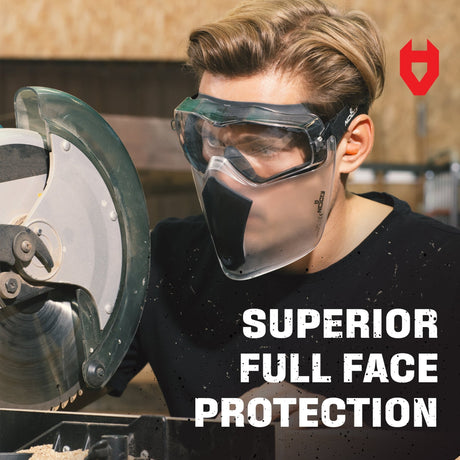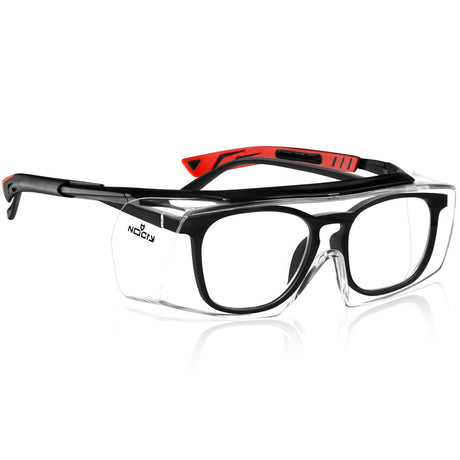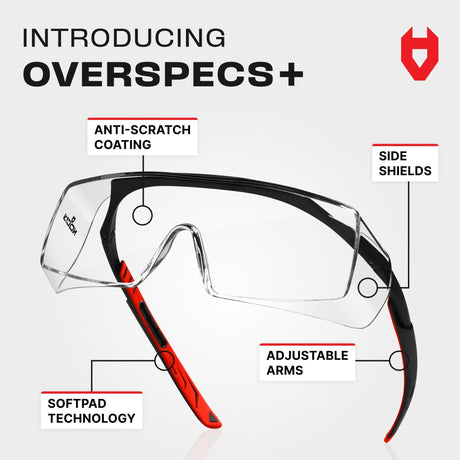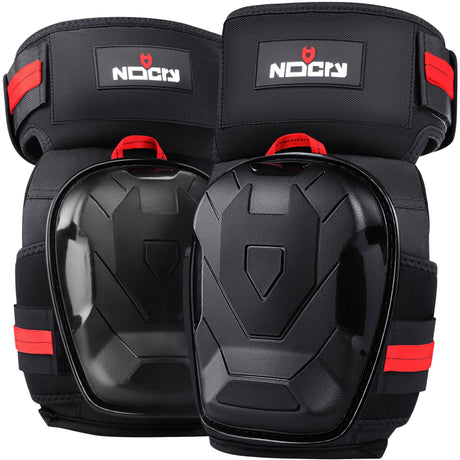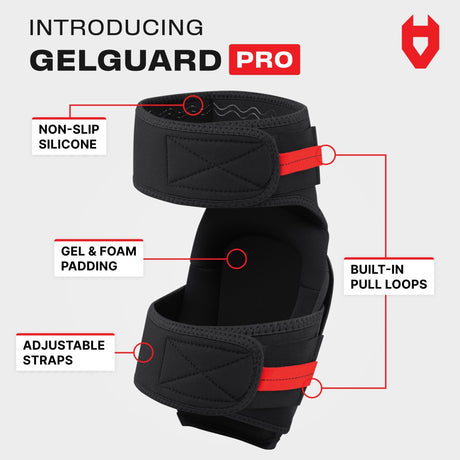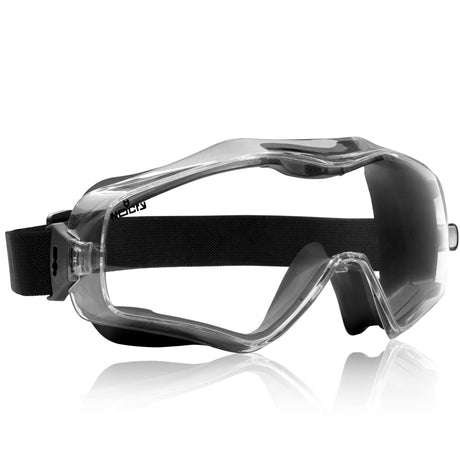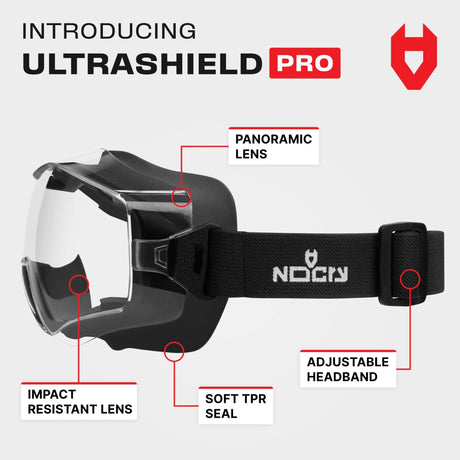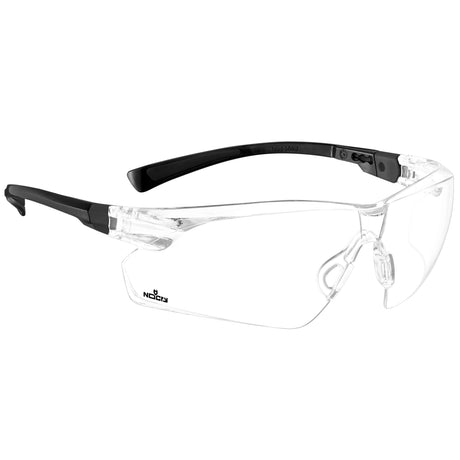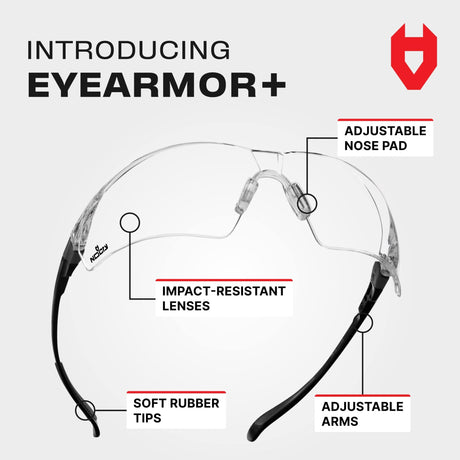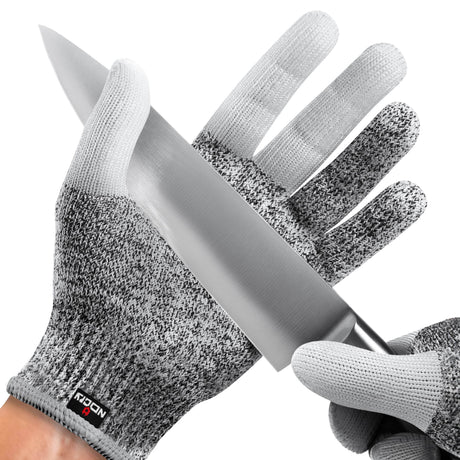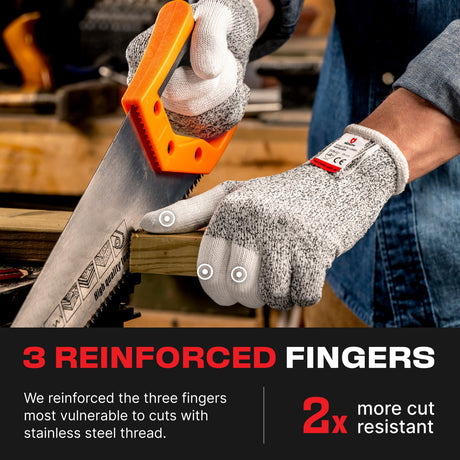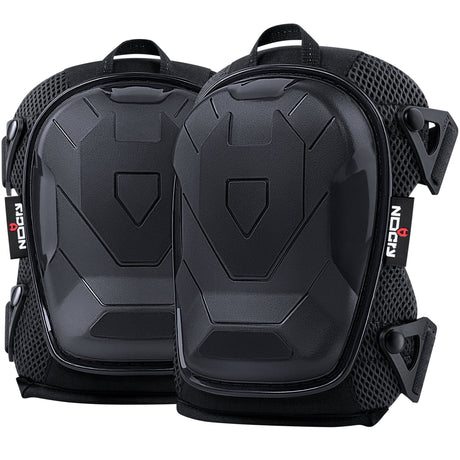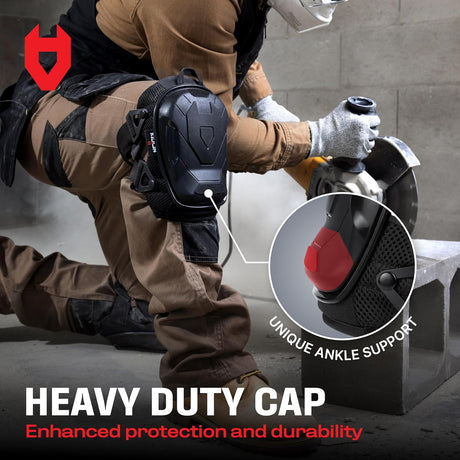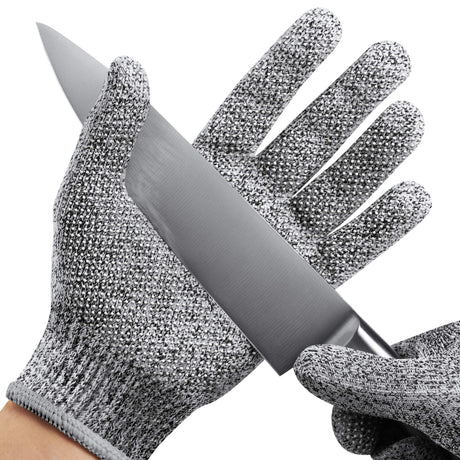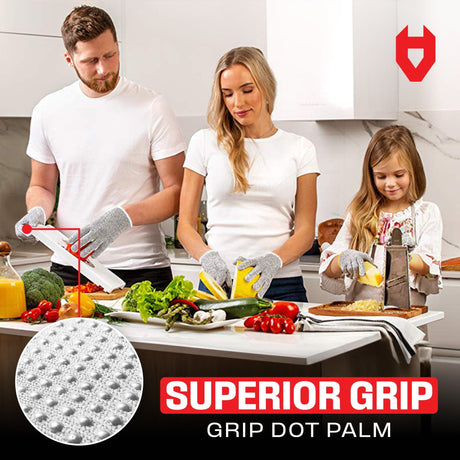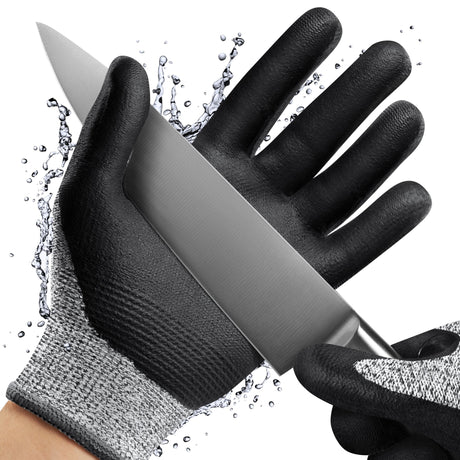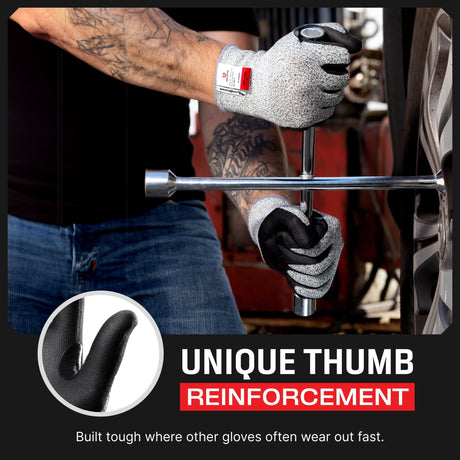Key Takeaways
- Waterproof means full protection from moisture, even in heavy exposure or immersion.
- Water-resistant means limited moisture protection, ideal for lighter tasks and short-term contact.
- These terms are defined by materials, coatings, and seam construction.
- Understanding the difference helps you choose the right PPE gloves for your job, based on comfort, safety, and durability.
What Does Waterproof Mean?
When something is described as waterproof, it means it creates a complete barrier against water. Waterproof items are made from materials designed to block water entirely, even when submerged. Seams are usually sealed or welded to prevent any leaks.
Because of this, waterproof products are ideal for use in wet or harsh conditions where staying dry is essential, such as heavy rain, cleaning, or handling liquids. However, waterproof items can sometimes feel stiffer or less breathable due to their protective layers.
What Does Water-Resistant Mean?
Water-resistant means the material can repel water to some extent, especially from splashes, light rain, or brief contact with moisture. Water-resistant products often have a special coating or are made from tightly woven fabrics that reduce water absorption.
While they aren’t designed for full immersion, they offer greater flexibility, breathability, and comfort than waterproof ones. This makes them suitable for activities where light water exposure is expected but ease of movement and breathability are important, such as outdoor work, casual wear, or sports.
What’s The Difference Between Waterproof and Water-Resistant?
The key difference lies in how much water a material can block and for how long. Waterproof means the item is designed to keep all water out, even in heavy rain or full submersion. This often involves specialized materials or coatings and sealed construction.
Water-resistant, on the other hand, means the material can repel water to some degree, usually during light exposure like mist or splashes, but it will eventually absorb moisture if exposed for too long.
Water-resistant gear is typically more breathable and lightweight, making it suitable for short-term or lower-risk wet conditions.

What Materials Are Waterproof?
Most materials used in outdoor gear fall on a spectrum between water-resistant and waterproof. Truly waterproof items are less common and typically made from rubber, PVC, or other non-porous synthetics. These materials block water entirely but don’t allow air to pass through, which can lead to discomfort from trapped heat or sweat during extended wear.
In contrast, water-resistant items often use tightly woven fabrics like polyester or nylon, sometimes treated with a durable water-repellent (DWR) coating to help shed light rain or splashes.
Materials like microfiber are also common in water-resistant gloves — they help repel moisture while still offering good grip and flexibility. These fabrics allow more airflow, making them more comfortable for everyday wear. As with jackets or boots, design details like sealed seams, minimal stitching, and coated layers improve moisture resistance.
For constant exposure to wet conditions, fully waterproof materials may be necessary, but for short-term use or lighter rain, a well-constructed water-resistant option offers a good balance of comfort and protection.
Are Water-Resistant Gloves Enough?
The difference between waterproof and water-resistant gloves isn’t just about staying dry — it affects how well you can do your job. In damp or drizzly conditions, water-resistant gloves often give just enough protection without losing flexibility.
They’re ideal when full waterproofing would be excessive. But if you’re working in constant wet environments or handling direct water exposure, waterproof gloves might be necessary to prevent discomfort or damage over time. The key is matching the glove to the task: consider the weather, work environment, and how much water you’ll actually deal with.
Conclusion
Understanding the difference between waterproof and water-resistant helps you make smarter choices.
For example, while waterproof gloves offer full protection in heavy, wet conditions, water-resistant gloves are often the better fit for everyday work — they’re lighter, more breathable, and provide just the right amount of protection for splashes, rain, and damp environments.
For most job sites, especially in construction, logistics, or maintenance, water-resistant gloves offer the best combination of comfort and performance in unpredictable weather.
FAQ
Is water-resistant the same as waterproof?
No. Water-resistant materials slow water absorption but don’t stop it completely. They’re ideal for light exposure or quick tasks but aren’t made for constant contact with water.
Can water-resistant gloves keep you dry in the rain?
Yes, especially for short periods. They’re perfect for light rain, damp materials, or handling wet tools — without the bulk of fully waterproof gloves.
How do I know if my item is waterproof or just water-resistant?
Check the label or product description. Waterproof gloves are usually made from rubber, nitrile, or other sealed materials, while water-resistant gloves often feature water-repellent fabrics and may be more breathable.
What does water-repellent mean?
Water-repellent refers to a surface treatment or coating that makes water bead up and roll off fabric instead of soaking in right away. It’s designed to provide a quick barrier against light rain or splashes but doesn’t fully block water from eventually penetrating if you’re exposed for a long time.







